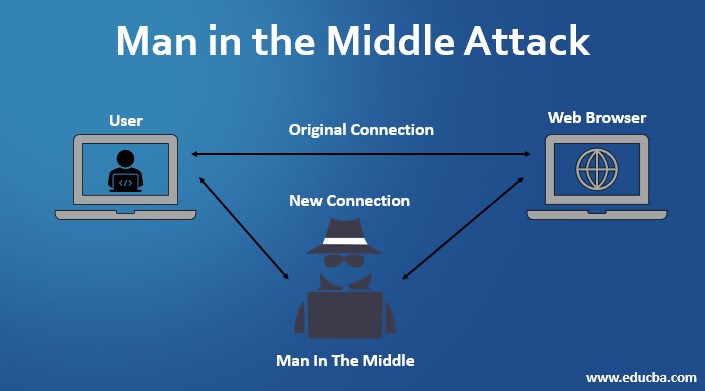
Furthermore, they tend toward businesses in which assets are quickly accumulated and liquidated.ĭue to their sojourner status and their strong in-group ties, middleman minorities develop a competitive business edge. In short, middleman minorities have little incentive to develop ties to the host society. Moreover, they maintain strong ties with their compatriots in the host and origin countries while remaining detached from the host society. A key characteristic for Bonacich is the tendency of middleman minorities to be sojourners -people who intend to return to their country of origin.īecause they are sojourners and their migration is economically driven, middleman minorities are thrifty while amassing capital. She notes several commonalities among various middleman groups (e.g., Armenians, Indians, Chinese, Japanese, and Jews) in selected occupations (e.g., bankers, barbers, brokers, launderers, and restaurateurs). Bonacich offers an explanation for the development and persistence of middleman minorities as minority groups serving an intermediary position between the majority group and other segregated minority groups. EARLY DEVELOPMENT OF MIDDLEMAN MINORITIESĮdna Bonacich ’s article “A Theory of Middleman Minorities ” (1973) remains the seminal work on the topic. Their customers are typically members of marginalized racial or ethnic groups that are segregated from the majority group. The term middleman minorities, coined by Hubert Blalock (1967), refers to minority entrepreneurs who mediate between the dominant and subordinate groups.


RECENT DEVELOPMENTS REGARDING MIDDLEMAN MINORITIES EARLY DEVELOPMENT OF MIDDLEMAN MINORITIESĬULTURE, BLOCKED OPPORTUNITIES, AND MIDDLEMAN MINORITIES


 0 kommentar(er)
0 kommentar(er)
